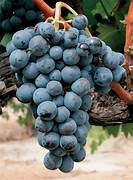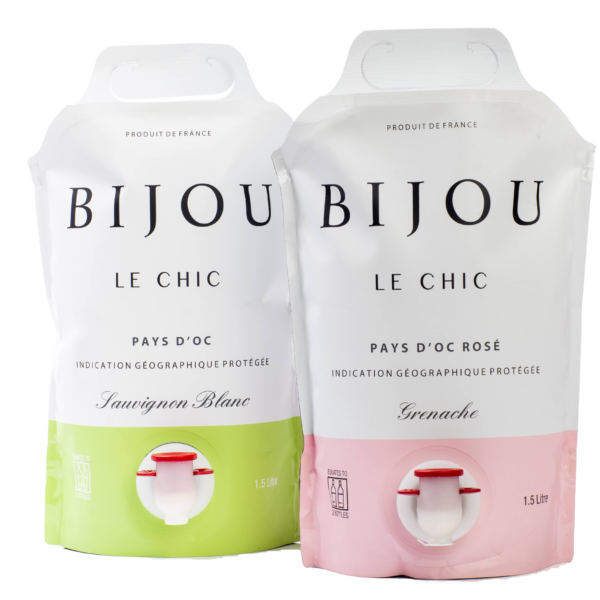Whatever we do, we do it with sustainability in mind.
Our vision is to provide quality wine sustainably and to promote a greener approach towards winemaking. Sustainability has been a core part of Bijou’s production for several years.
Throughout the years, we have introduced different strategies to make our production and distribution more sustainable. We thrive on making our vision come true and achieving even greater goals in our care for the planet.
These are some of the multiple reasons that led us to introduce some of the finest Organic Wines from Provence and Languedoc.
Today we can proudly say that more than 95% of our wines are Sustainably farmed (HVE3 & Organic)






